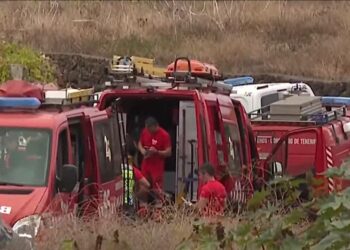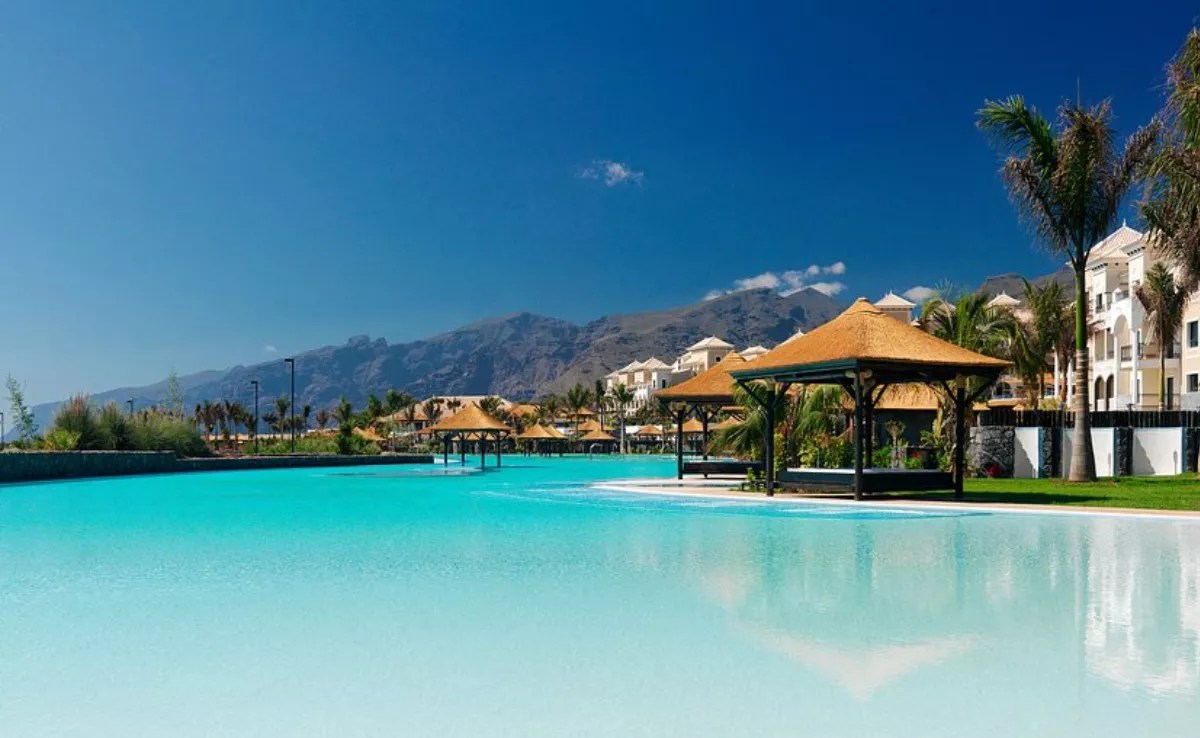
Haemorrhoids are a common yet rarely discussed ailment, perhaps due to the taboo that still surrounds everything related to the area where they occur: the anal region. However, understanding what they are, how they manifest, and how to treat them is key to avoiding complications and, above all, improving quality of life. This is especially true when discussing an acute haemorrhoidal crisis, one of the most painful and limiting forms.
In this report, with the assistance of Dr. Luis Eduardo Pérez, coloproctologist at the Quirónsalud Costa Adeje hospital, we explore this issue from its origin to the most effective forms of prevention and treatment.
What are haemorrhoids?
Under normal conditions, everyone has haemorrhoids: they are vascular cushions located in the anal canal that contribute to maintaining continence. They are not a pathology in themselves but rather a part of the human body. It is only when these structures become inflamed, congested, or prolapse that one speaks of haemorrhoidal disease.
Haemorrhoids can be internal or external, and their manifestation varies from mild itching or bleeding to incapacitating pain, as occurs in an acute haemorrhoidal crisis.
What is an acute haemorrhoidal crisis?
Now, what is a haemorrhoidal crisis? According to Dr. Luis Eduardo Pérez, it is “a sudden and painful inflammatory episode affecting the haemorrhoidal plexus.” During the crisis, he adds, “congestion or thrombosis occurs in these structures, leading to a clinical picture of intense pain, inflammation, a feeling of anal pressure, and, at times, bleeding.”
This type of crisis is far more intense than chronic haemorrhoidal disease. Here, the pain appears abruptly, often without warning, and can become incapacitating.
How does it manifest? Main symptoms
According to the specialist, the most characteristic symptom is a sharp and persistent anal pain. This pain worsens when sitting, walking, or defaecating and may be accompanied by:
- Bluish mass or hard lump on the anal margin, typical of external thrombosis.
- Sensation of a foreign body in the anal area.
- Minor bleeding.
- Itching or burning.
A warning sign is the presence of fever. In such cases, Dr. Pérez recommends immediately going to Emergency Services, as it could indicate a perianal infection.
What triggers a haemorrhoidal crisis?
Although it may seem to appear suddenly and without warning, in most cases, an acute haemorrhoidal crisis responds to specific triggering factors.
Among the most common are chronic constipation and excessive straining during bowel movements. Also sedentary lifestyles, pregnancy and postpartum, stress, a diet low in fibre, long journeys where one remains seated for many hours, and even abrupt changes in diet.
“The problem is that in some patients it appears without an apparent cause. In others, several of these factors combine,” warns Dr. Pérez.
This variety of triggers shows that there is no single patient profile. Rather, it is the result of a series of habits that, if sustained over time, can lead to a crisis. Therefore, prevention involves reviewing both what we eat and how we move and manage stress daily.
Who is more prone?
Although haemorrhoids can appear at any age, acute crises are concentrated between the ages of 30 and 60. The specialist notes that there is a slight predominance in young women, especially during pregnancy or after giving birth, but it is also very common in men with sedentary lifestyles and poor dietary habits.
How is it diagnosed?
The diagnosis is primarily clinical and visual. It suffices to carry out a direct anal inspection and careful palpation. In some cases, it is complemented with an anoscopy, which allows for a closer examination of the anal canal interior.
“It is essential to differentiate it from other pathologies such as anal fissures, abscesses, prolapses, or even neoplasms,” explains Dr. Pérez. “A correct diagnosis is key to avoiding complications.”
When to go to Emergency Services?
The doctor is clear on this point: “If the pain is very intense, if there is an anal mass that does not reduce spontaneously, or if there is significant bleeding, the patient should seek help without delay. Also if there is fever or a deterioration in general condition.”
Although many crises can be treated at home, some require emergency interventions, such as the evacuation of a thrombus.
Available treatments
In most cases, the initial approach is conservative. It includes:
- Pain relievers and anti-inflammatories.
- Warm sitz baths.
- Diet rich in fibre.
- Abundant hydration.
- Relative rest.
- Ointments with corticosteroids or local anaesthetics.
- Venotonic medications such as diosmin or flavonoids.
In cases of very painful external thrombosis, an outpatient thrombectomy may be performed under local anaesthesia.
What if it doesn’t improve?
As the doctor explains, “if there are frequent recurrences, surgical treatment is considered.”
When conservative treatment is insufficient, either because the pain persists for several days or because crises frequently recur, surgical options may be necessary.
Today, medicine has modern, effective, and minimally invasive techniques that allow for the problem to be addressed safely, with a much more manageable recovery. In fact, in the Canaries, one of the reference centres is Quirónsalud Costa Adeje. Their General Surgery and Digestive System Service positions itself as a leader in surgical interventions, ranging from minimally invasive techniques to advanced laparoscopic procedures.
In the case of elastic ligation, it “strangles” the base of the haemorrhoidal tissue until it necrotises and detaches.
Also notable is chemical sclerotherapy, a technique that injects substances that harden and reduce haemorrhoids.
“These are safe, minimally invasive procedures that offer excellent results, especially when combined with a change in habits that prevents future relapses,” asserts Dr. Pérez.
The role of diet and hygiene
Although many people overlook it, what one eats and how one cares for the anal area can make a significant difference.
“We recommend a fibre-rich diet: vegetables, fruits, and whole grains. Avoid spicy or astringent foods. And drink at least two litres of water a day,” advises the specialist.
Regarding hygiene, he suggests avoiding harsh soaps and opting for warm sitz baths.
Can one live normally during the crisis?
It depends. In mild crises, the treatment allows for some activity. However, if the pain is intense, it is ideal to rest for the first few days and avoid:
- Intense physical exercise.
- Cycling.
- Anal sexual intercourse.
Can they recur? How to prevent a relapse
The answer is yes: haemorrhoidal crises can recur. This is why prevention plays a crucial role. To reduce the risk of relapses, it is essential to maintain regular bowel transit, avoiding both constipation and diarrhoea.
It is also advisable to avoid excessive straining during defaecation, engage in moderate physical exercise—such as walking or swimming—not remain seated for long periods, and reinforce a fibre-rich diet alongside good hydration. These are small habits that, sustained over time, can make a big difference.
“Recurrence is common if risk factors are not corrected. Preventive medical treatment can also reduce future episodes,” concludes the specialist.
In summary, an acute haemorrhoidal crisis can be painful, incapacitating, and recurrent if not addressed in a timely manner. The key is to recognise the symptoms, consult a specialist when required, and adopt long-lasting preventive measures. With a holistic approach, one can regain well-being without living in fear or discomfort.
The body speaks to us, and at times, its language is pain. Listening to it in time can prevent a discomfort from becoming a serious health issue.Request more information about haemorrhoid treatment at Quirónsalud Costa Adeje Hospital















